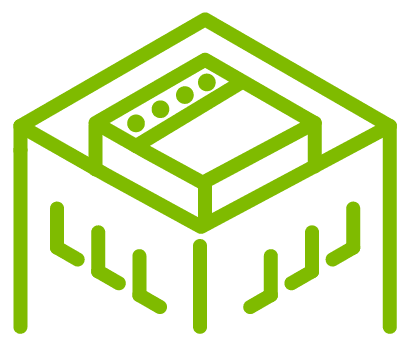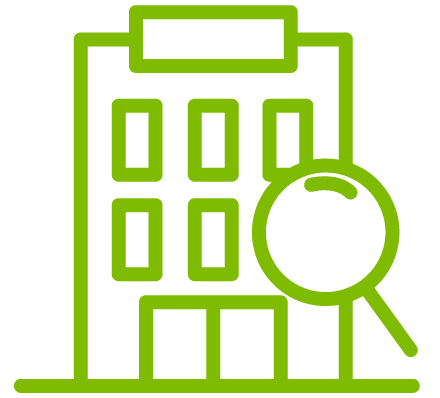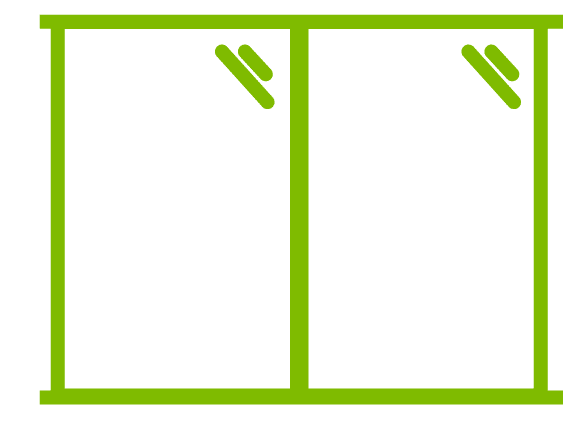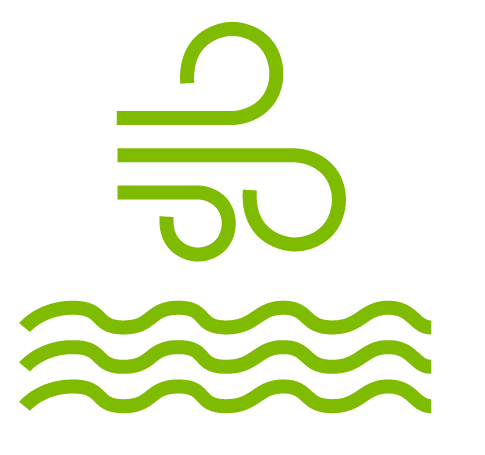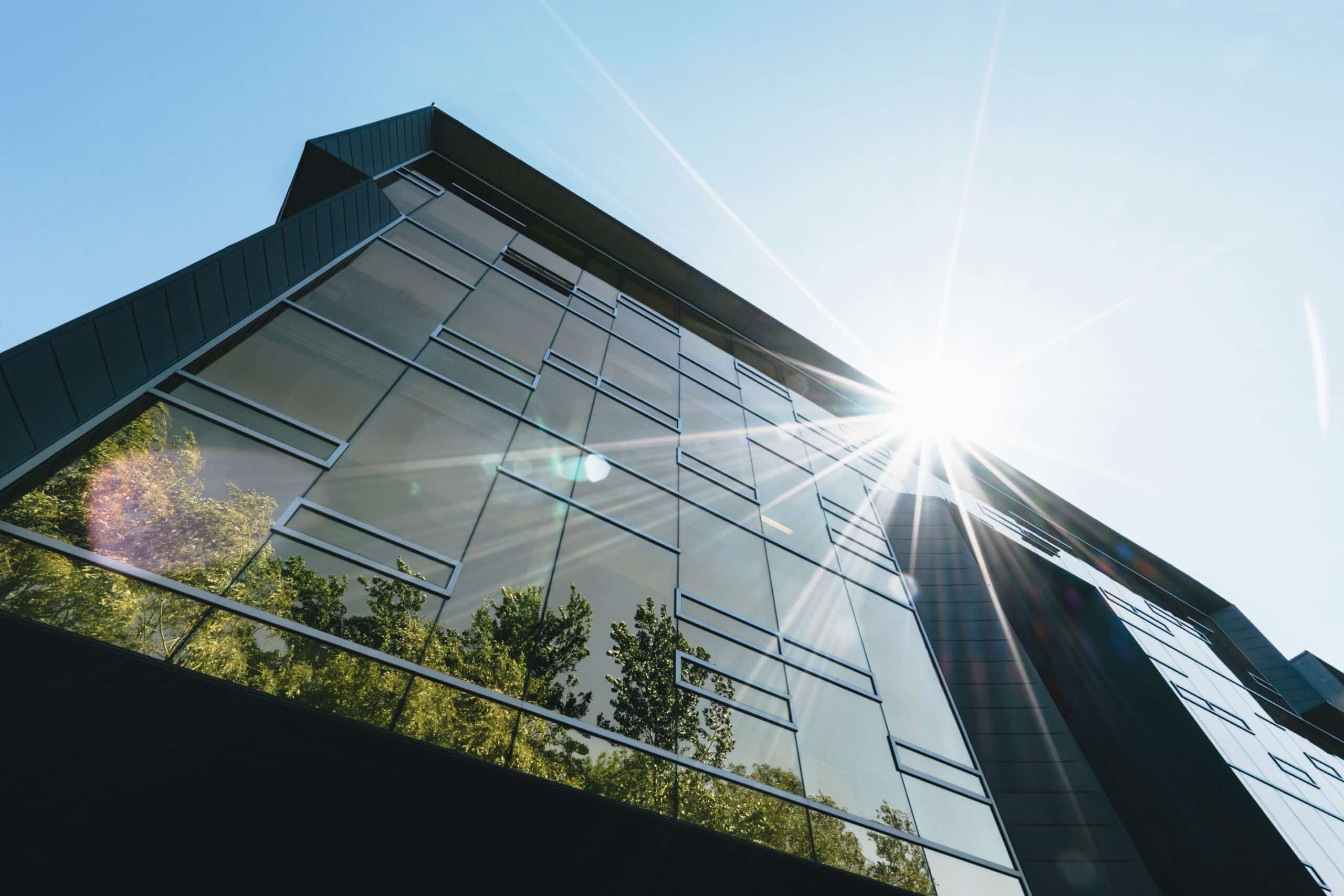To understand LEED Version Four and what it means for building projects, we first need to understand the purpose and process of Building Enclosure Commissioning. Building Enclosure Commissioning (sometimes referred to as Building Envelope Commissioning) is the quality-focused process of evaluating the energy performance of a facility while ensuring minimal air leakage and preventing water leakage through the building facade. This evaluation assesses and verifies facilities against defined criteria. The process runs throughout the construction, design, and then throughout the lifetime of a facility. Typical evaluations include heat flow, air flow, noise, moisture and much more.
Going Green
Building Enclosure Commissioning is just the beginning for those who want to build healthy, sustainable, and energy-efficient structures. The United States Green Building Council (USGBC) is responsible for encouraging and verifying green building practices. To guide green building practices, the USGBC uses Leadership in Energy and Environmental Design or LEED. This is the most widely used green building rating system in the world. LEED is the framework for creating healthy, efficient, and cost-saving buildings. So why go through the extra process of LEED certification? Green buildings verified by LEED minimize air leakage (ASTM E779 and E783 testing), reduce water leak occurrences (AAMA 501.2, AAMA 502, AAMA 503 and ASTM E1105 testing) save energy, water, resources, generate less waste, and support health just to name a few of the benefits.
LEED Version Four
As technology and green initiatives develop, LEED updates the criteria and process to make green spaces even more efficient and healthy. The LEED Version Four outlines changes to help guide project leaders to LEED certification. The release of LEED Version Four outlines specific changes made to streamline LEED certification.
-
More Flexibility
LEED Version Four introduces more flexibility with strategies to fit the unique aspects of every project.
-
Performance-based
Version Four puts the focus on performance. This calls for a performance-based approach to design, operation, and maintenance throughout the project life cycle.
-
Smart Grid
This change rewards projects for smart-grid planning and participating in response programs.
-
Materials and Resources
The new version goes deep into the materials used in building projects and how that affects health and the environment.
-
Water
Water efficiency is at the forefront of LEED Version Four. This guideline takes a comprehensive approach to evaluating water usage.
-
Documentation
To help minimize confusion, LEED Version Four streamlines documentation for more concise rating systems.
These are just a few of the changes under LEED Version Four. To get a full picture, go to USGB’s website for the user guide.
Building Envelope Commissioning and LEED
The Building Envelope Commission was introduced in LEED Version Four to ensure energy usage matches the prediction of use. The commission also verifies the optimization of enclosure performance and coordination with other systems to increase building efficiency. To qualify for LEED Version Four accreditation, buildings and facilities must undergo building envelope testing as outlined by the Building Envelope Commission. At Building Envelope Allies, we are qualified to provide the required building envelope testing related to air leakage and water leakage (AAMA 501.2, AAMA 502, AAMA 503, ASTM E1105, ASTM E783, ASTM E1186, ASTM E783, ASTM E2128 and more). Our testing will ensure the building does not suffer from costly air leakage and detrimental building envelope water leakage. Meeting all these requirements can prove difficult for building projects, so when you begin planning a new facility or remodel, let our professionals help guide you through the necessary testing to create a more efficient, sustainable and valuable building.

